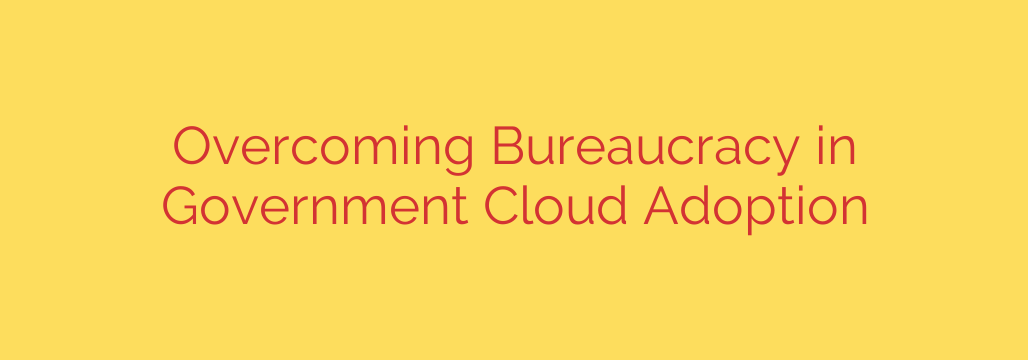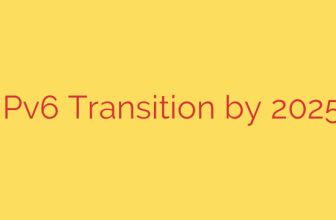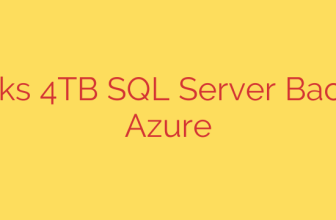
Navigating the shift to cloud technology presents unique hurdles within government structures. While the benefits of agility, scalability, and cost efficiency are clear, entrenched bureaucracy often acts as a significant barrier. Understanding and strategically addressing these challenges is crucial for successful digital transformation.
One primary obstacle is the inherent complexity of government procurement. Traditional processes designed for physical assets or long-term contracts are often ill-suited for the dynamic nature of cloud services. Overcoming this requires developing flexible, cloud-specific procurement pathways that allow agencies to acquire services efficiently and adapt to evolving needs. This might involve establishing pre-approved vendor lists or utilizing existing frameworks designed for IT services but adapted for cloud nuances.
Security and compliance are paramount for government data, and meeting rigorous standards can seem daunting. The key is not to avoid the cloud but to implement robust, layered security frameworks that align with mandates while leveraging cloud-native security tools. Demonstrating a clear understanding of shared responsibility models and investing in continuous monitoring builds confidence and addresses concerns effectively.
Cultural inertia and resistance to change also play a substantial role. Government environments often prioritize stability and risk avoidance. Shifting to an agile cloud model requires fostering a culture of innovation and educating staff on the benefits and practicalities. Strong leadership buy-in is essential to champion the change and communicate its importance across the organization. Pilots and proof-of-concept projects can serve as powerful tools to demonstrate success and build internal support, proving the cloud’s value in a controlled environment before wider adoption.
Furthermore, a common challenge is the lack of internal skills. Government agencies may not have staff proficient in cloud architecture, security, or management. Addressing this necessitates strategic investments in training and workforce development. Building internal expertise reduces reliance on external contractors over time and empowers agencies to manage their cloud environments effectively. Collaboration and knowledge sharing between agencies can also accelerate skill development.
Finally, navigating funding models designed for CapEx rather than OpEx can be tricky. Agencies need to develop clear financial models that articulate the long-term cost savings and operational efficiencies provided by the cloud, justifying the shift in spending structure.
Successfully adopting cloud in government isn’t about dismantling bureaucracy entirely, but rather about innovating within its framework. By focusing on modernizing procurement, prioritizing smart security, fostering a proactive culture, investing in skills, and aligning financial strategies, government can effectively overcome bureaucratic inertia and unlock the transformative potential of the cloud.
Source: https://cloudzenia.com/blog/cloud-adoption-in-government-tackling-bureaucratic-challenges/








